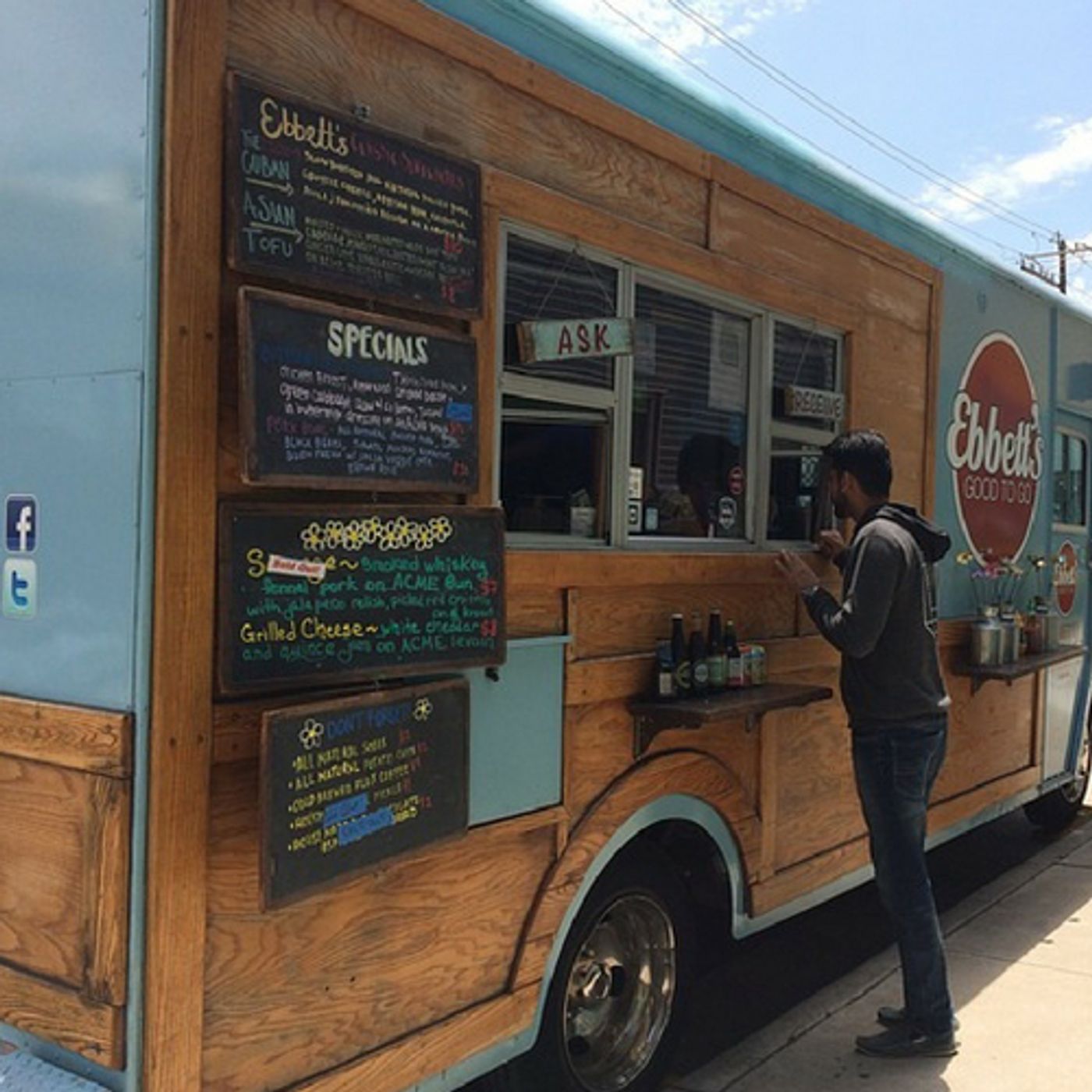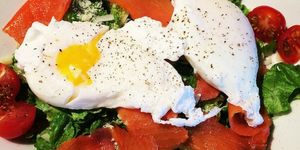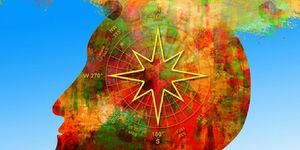Why Do We Get the "Drunchies" After a Night of Drinking?
Most people are aware of the "munchies." They happen when someone is extremely hungry, regardless of the last time they ate. They can be brought on by stress, marijuana use, or sometimes just boredom.
While the phenomenon is well known, there's another way of being irrationally hungry, and it's called "the drunchies" which is short for "drunk munchies." Many times, after an extended pub crawl, you just want something greasy and salty that isn't the least bit nutritious. While young adults usually have healthier eating habits, when it comes to the drunchies, organic this, free-range that, and anything clean or Paleo is definitely not on the menu.
Researchers at the University of Buffalo School of Public Health and Health Professions decided to look at the practice of eating bad food in the wee small hours of the morning after a night of drinking. The goal of the study was to look at alcohol consumption among college students and see if the impact it had on their eating habits could have implications for their overall health.
Dr. Jessica Kruger is a clinical assistant professor of community health and health behavior at the university and the lead author of the study which is published in the California Journal of Health Promotion. Dr. Kruger explained, "Given the obesity epidemic and the rates of alcohol consumption on college campuses, we need to be aware of not only the negative effect of alcohol consumption but also the impact it has on what people are eating while they are drinking."
Kruger collaborated with colleagues at the University of Michigan, the University of Toledo and Bowling Green State University to sample 286 students at a large public university in the Midwest. Kruger saw an ad in the student newspaper that listed pizza places, taco trucks, and other late-night food sellers that stayed open after the last call at the local bars. The ad read, "Got Drunchies?" and inspired some of Kruger's team to investigate food choices and alcohol consumption, both during the binges and on the next day, when many students report hangovers. Considering 65% of American college students report drinking alcohol on a regular basis, their food choices at this point in their lives could be impacted negatively and cause health problems later.
There is also the problem of weight gain. If you add up the calories in five beers, which is a conservative estimate of how much a student might consume during one evening, and then add in a plate of greasy fries, some tacos and a slice of pizza, the Freshman 15 could turn into much more. The students completed an online survey about what they typically ate on a regular day and then when and what they ate on days they consumed alcohol. Overall, most of the students reported eating before going to bed on nights when they had been out drinking. On nights they didn't drink they were less likely to eat before bed.
As for the day after, those who had been partying the night before were less likely to skip meals, believing many of the rumored "cures" for a hangover that advise eating carbs, like pizza, tacos or even donuts, to "soak up the alcohol." Students coming in from a night on the town also didn't usually drink water before going to bed, which increases dehydration especially after eating foods that are processed and high in sodium. Dr. Kruger suggested that part of getting students to make better food choices is to work on educating them about myths surrounding drinking and hangovers. On an average night of drinking and snacking, blood sugar levels will fluctuate, which signals hunger to the brain, and if burgers and pizza are readily available, that's what students will choose. Check out the video below to learn more about the drunchies any why they happen.









